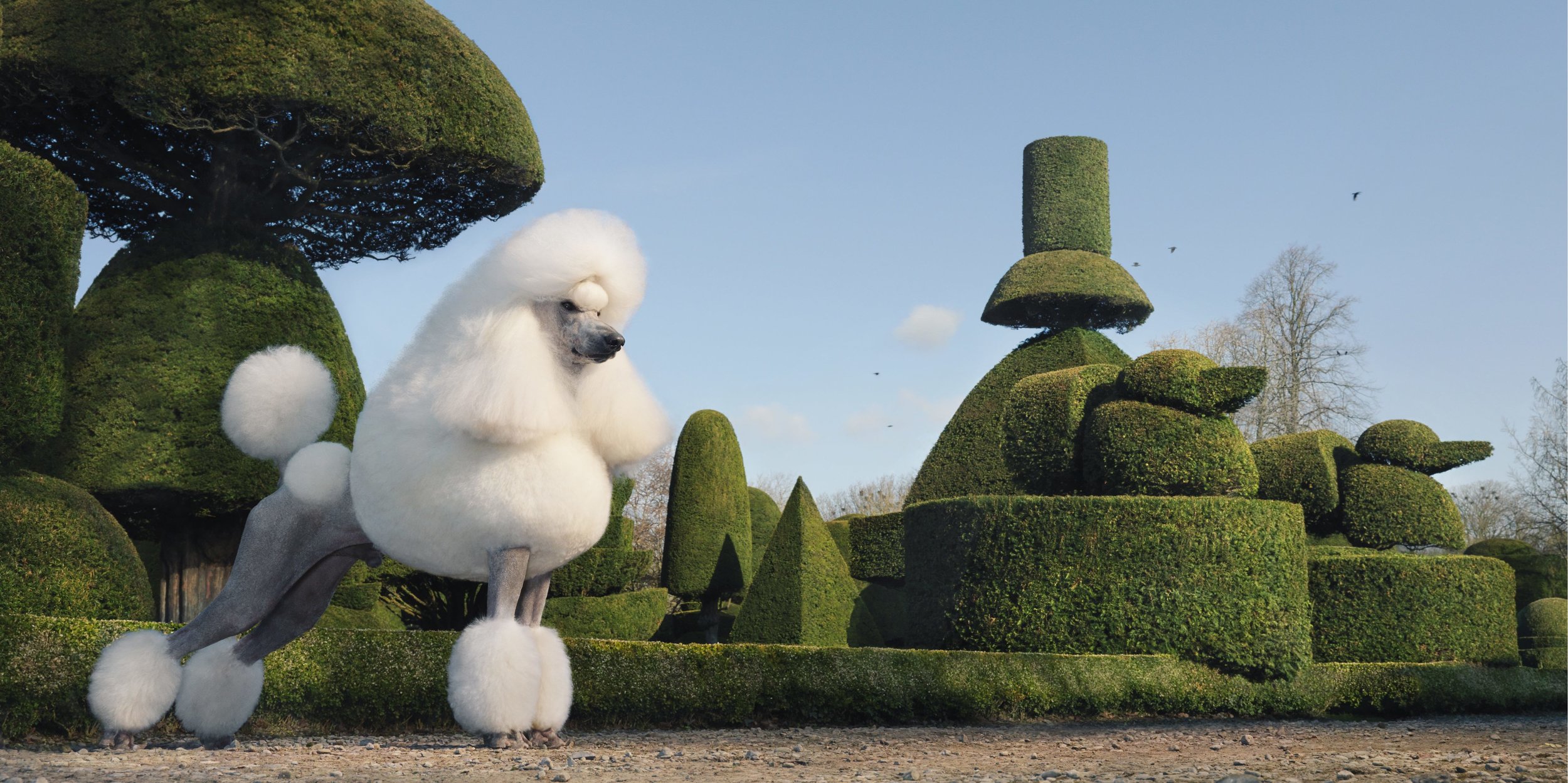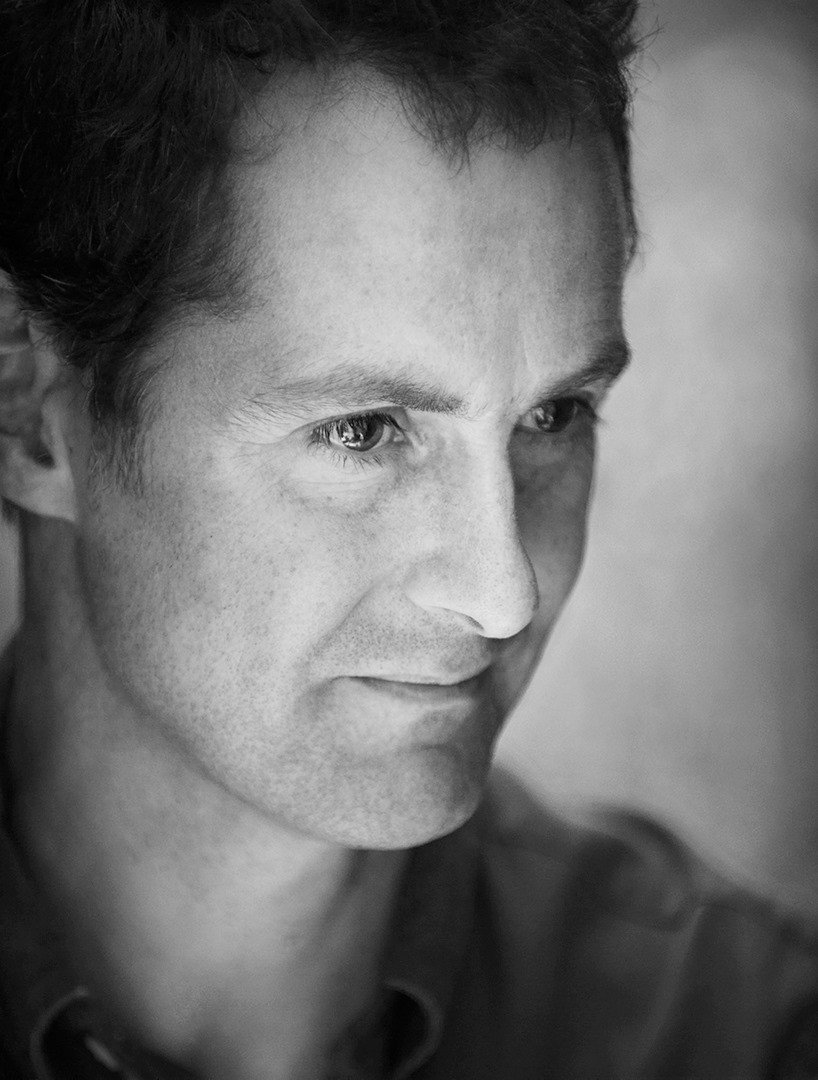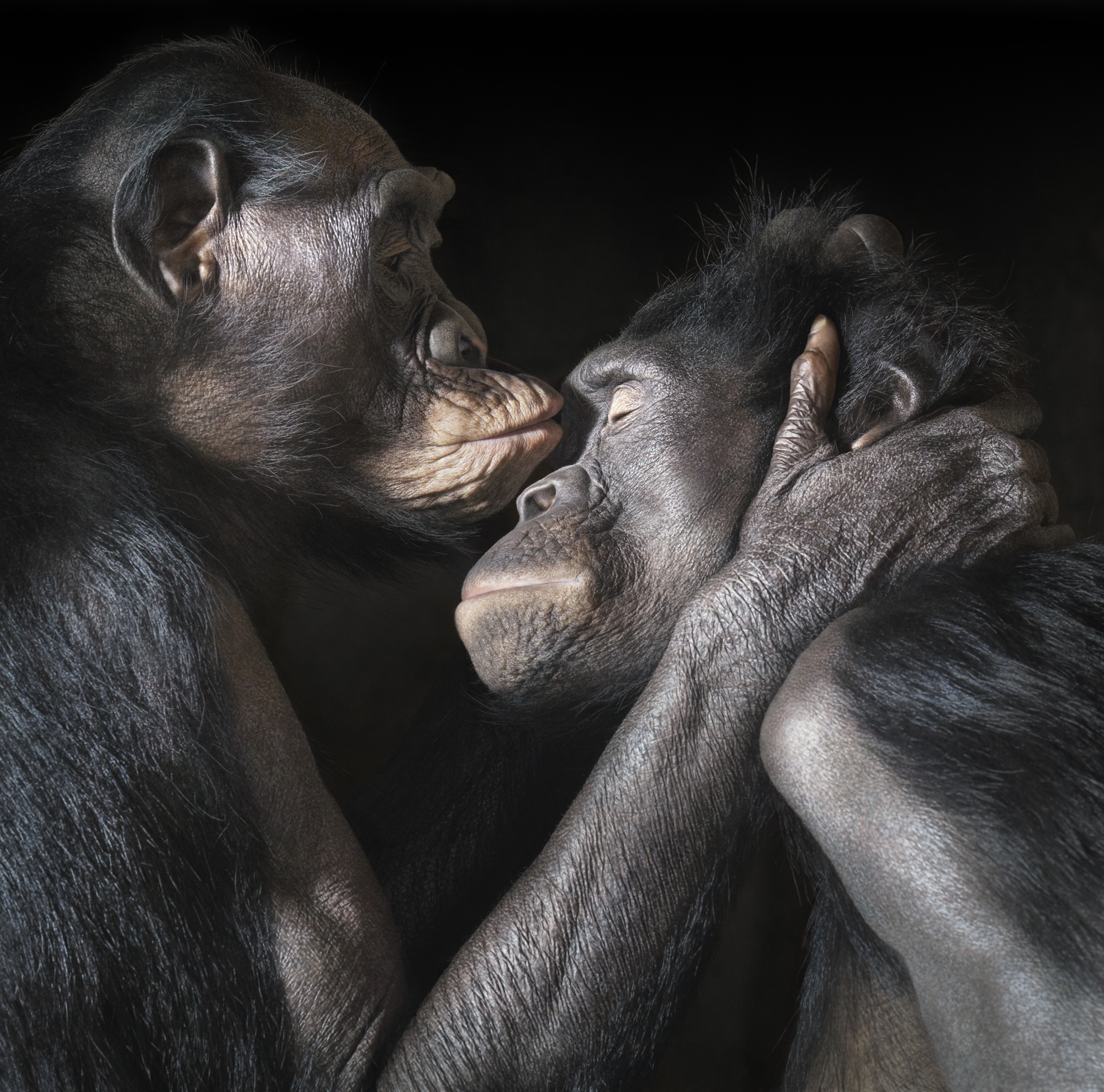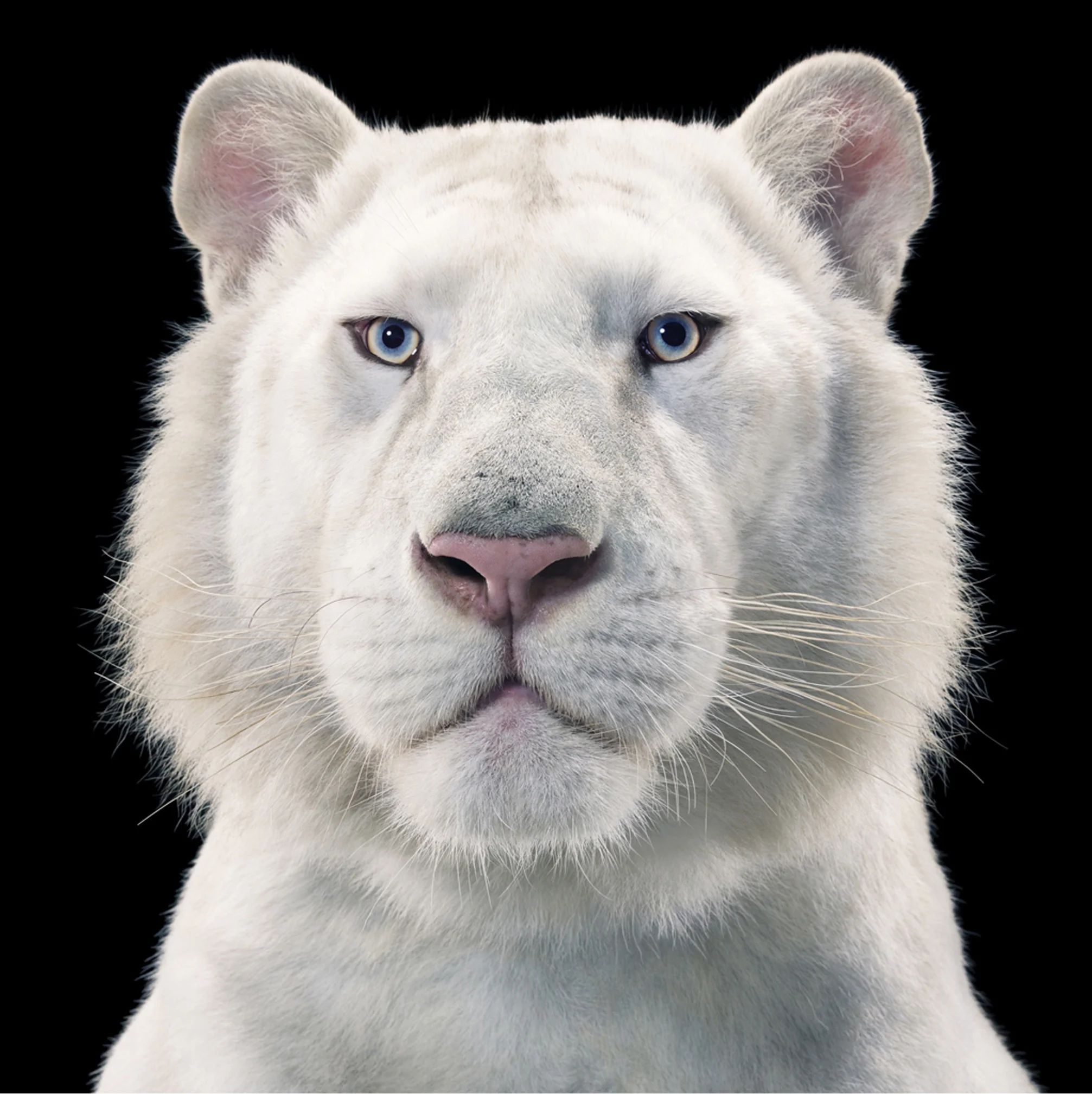Tim Flach: “It’s never been more important to connect people with nature – our future depends on it.”
Tim Flach is an animal photographer with an interest in the way humans shape animals and shape their meaning while exploring the role of imagery in fostering an emotional connection. Bringing to life the complexity of the animal kingdom, his work ranges widely across species, united by a distinctive stylisation reflecting an interest in how we better connect people to the natural world.
He has five major bodies of work concerning different subjects: Equus (2008) focusing on the horse, Dogs Gods (2010) on canines, More Than Human (2012) a broad exploration of the world’s species, Endangered (2017) a powerful document of species on the edge of extinction, and Birds (2021). He has published seven books; Birds (2021), Who Am I? (2019), Endangered (2017), Evolution (2013), More than Human (2012), Dogs Gods (2010) and Equus (2008).
Flach is an Honorary Fellow of the Royal Photographic Society, and was awarded an Honorary Doctorate from University of the Arts London (NUA) in 2013. He lives and works in London with his wife and son.
Selected artworks from the shop
Royal White Tiger by Tim Flach
Ya Yun by Tim Flach
Kissing by Tim Flach
Snow White Tiger by Tim Flach
Featherless chicken by Tim Flach
Philippine Eagle by Tim Flach
Equus by Tim Flach
Shoebill by Tim Flach
Topiary by Tim Flach
Get in touch.
Interested in more details or our exclusive collections? Contact us via email for all your inquiries. Dive into the elegance of Tim Flach's photography with us!
MORE ABOUT TIM FLACH
”In the simplest sense, I enjoy the controlled chaos of shooting animals. I am also interested in the perceptual divide between sentient beings. There is a sense of awe and wonderment and there is always an uncertainty about what will reveal itself on set. I like to encourage thoughts about how we see each other.”
Tim Flach believes emotions and feelings are a vital part of telling stories and says “sometimes the best science has to be put in a form that touches the hearts of people.”
It’s this idea of taking animals and separating them, concentrating on them as subjects and as individuals with personality, and the importance of empathy. There are a lot of indications that when we look at something we think is cute, for example, we’re more likely to respond to cuteness before we have rational thought. It’s like a neural highway: you react so quickly that many of these elements you’re reacting to before you even think about it. But if you want to communicate with people who are non-believers, the best way to tell a story is to have them connect with it first, Tim says.
Tim drew and painted as a child, but it wasn't until he did a one year foundation course before university, at age 18, that he actually picked up a camera. It was for a project he was given, and he shot a roll of film at London Zoo. However, 10 years passed before he was in a better position to more proactively choose the subjects that he shot, without worrying too much about paying the bills.
Tim Flach works in a studio in Shoreditch, in the East End of London. Many of his photographs are of captive animals and are taken under highly controlled conditions with the help of a large support team, he sometimes employs techniques more usual in human portraiture.
Influenced by Irving Penn, Guy Bourdin, André Kertész, Karl Blossfeldt, and Stephen Shore to name a few. Likewise, a number of painters have been important to him, such as Picasso.
For his book Endangered, published in 2017, he also photographed some wild animals in their natural habitat.
His work has appeared in National Geographic, Creative Review, The New York Times, The Guardian and The New Scientist. He has lectured at various universities, and at institutions such as the Zoological Society of London and the St. Petersburg International Economic Forum.
Tim says, “What many people don’t realize is that our view is very ballistic.
We can only see around five percent in focus, so every picture has to be read.
That’s why artists like Leonardo da Vinci used peripheral vision to create the Mona Lisa’s smile. So I’ve used things like leftward bias, where the eye naturally swings to one side of the picture. And I’ve used edges in the way they were used traditionally in painting – so an edge is often more important than the actuality of whether it’s dark or light either side of it. I’ve been lucky to bring several tools together.
I am more interested in how we, humans, are involved in this subject: how we are anthropocentric, inevitably putting ourselves at the centre of any understanding of animals.”
Tim uses a Hasselblad H4D-60 most of the time, but it is not the technology, but the ideas that it facilitates which really interest him.
Although he uses Photoshop on most of his images, it's mostly to make tonal changes, to help navigate the eye to the areas that interest him and others.
Tim Flach’s work has been shown in art galleries around the world, to name a few:
International Tashkent Photo Biennial, Tashkent, Uzbekistan. 2014; Germany, Gasometer Oberhausen 2017; Sweden, Fotografiska 2017; St Petersburg International Economic Forum St Petersburg, Russia 2017; Festival Foto La Gacilly. France 2017; London, Osborne Samuel Gallery 2017; Festival La Gacilly - Baden Photo Austria 2018; Germany, Postplatz 18374 Zingst, 2018; Opio France, Opiom Gallery, 11 Chemin du Village, 2019.
His most recent major body of work, Endangered, is a deeply powerful monograph of species on the brink of extinction. It is a reminder of the significance of valuing the natural world, of truly caring about our animals and ecosystems.
“It’s a great privilege if my work can be useful. As a photographer, you want to make images work and engage people. As [Dr] Jonathan Baillie [chief scientist at the National Geographic Society] so beautifully put it, it’s never been more important to connect people with nature – our future depends on it.”











